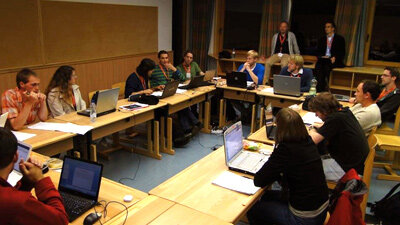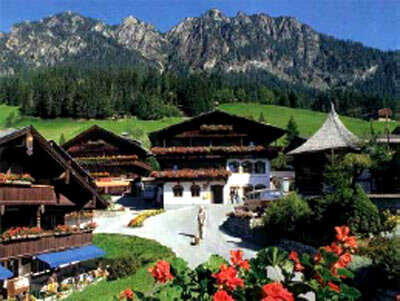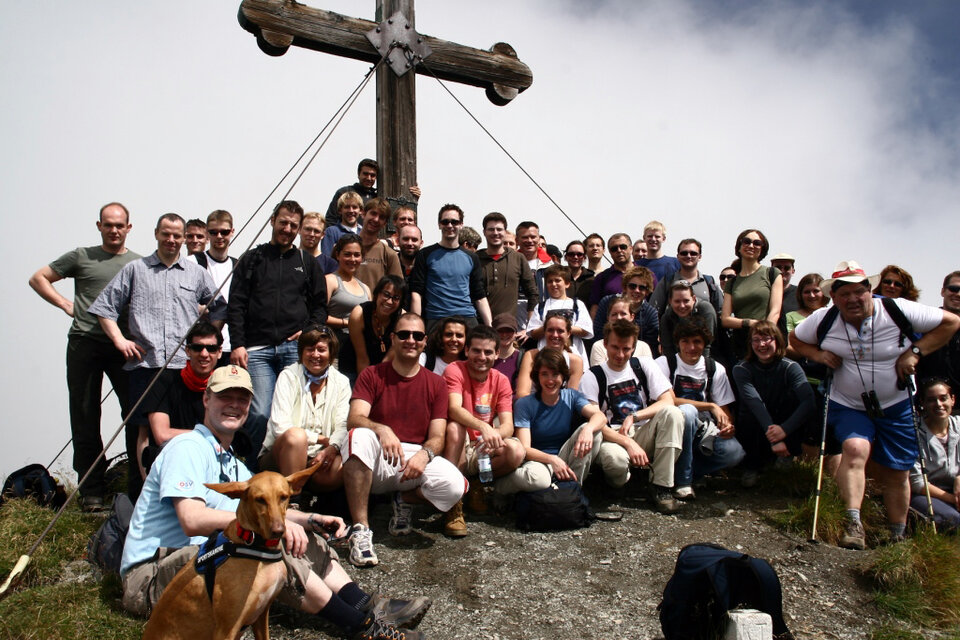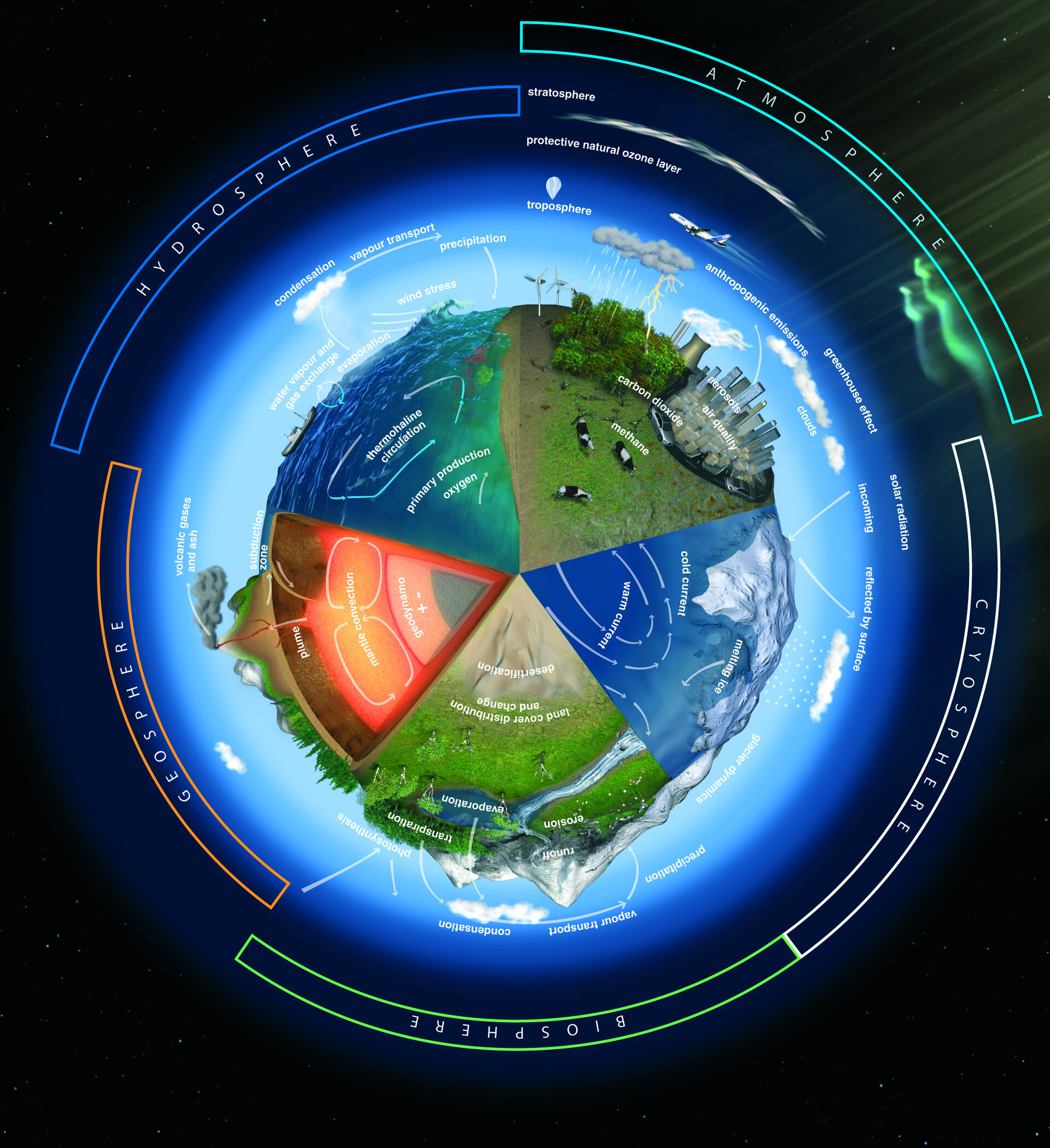Designing climate research missions
The 2010 Alpbach Summer School was attended by 57 young science and engineering students, who converged on the beautiful Austrian Alps from all over Europe. This year, the theme of the 10 day educational gathering was “New Space Missions for Understanding Climate Change”.
The summer school programme recognised that climate research is a very wide and complex topic in which space-based studies can make a major contribution. However, with many unanswered questions remaining in the science of climate change, the Summer School Alpbach required the students to identify observational gaps in climate science and come up with solutions, based on innovative satellite missions.
The first part of the summer school was taken up with 20 lectures on various aspects of Earth’s climate and space-based monitoring of the changes in the natural environment. These provided a firm foundation for the workshops, the other key element of the programme, which occupied more than half of the available time.
The workshops

Divided into four teams, the students were given two main tasks: (1) to choose from the many observable parameters associated with climate change; (2) to identify their objectives, then design a mission which is not already being undertaken by any of the space agencies. Their innovative projects included:
Atmospheric water Vapour from an Active Limb-sounding Observing Network (AVALON). A mission to obtain very high resolution, vertical and horizontal measurements of water vapour in the lower stratosphere. Laser pulses from a polar orbiting satellite would be reflected from 15 small satellites in retrograde polar orbits.
Evolution and Radiative Impact Contrails-Cirrus (ERICC). A mission to help understand the formation and effects of aircraft contrails. These observations, using a multispectral imager on eight identical satellites, would help to determine how contrail cirrus clouds form and their role in the radiative balance of the atmosphere.
VESTA. Biomass burning is considered to be responsible for as much as 40% of the gross global carbon dioxide emissions. This mission would use infrared measurements to track the life cycle of fires and assess the amount of carbon emitted.
Dual Retrieval of Precipitation (DROP). A mission to improve understanding of the regional and global water cycles. It consists of a satellite carrying a dual-frequency, dual-polarised scanning radar and a passive microwave radiometer to detect precipitation.
The results

The expert jury was most impressed with the dedication and hard work of the students, as well as the excellence of their scientific and technical proposals. The Summer School Oscars awarded for the categories Science Case, Technical Case, Competitiveness and Presentation were distributed among all four teams, including a special award from the jury’s chairman, Professor Bonnet.
15 of the students, supported by a team of tutors, will carry out a more detailed study of one of the summer school mission proposals, culminating in a paper to be published in a journal or proceedings of a conference. This post-Alpbach event, supported by ESA, will be held at the University Center of Innsbruck in Obergurgl in November 2010.

The Alpbach Summer School 2010 was organised by the Aeronautics and Space Agency of the Austrian Research Promotion Agency (FFG). It was co-sponsored by ESA and the national space authorities of its Member and Cooperating States, with the support of the International Space Science Institute (ISSI) and Austrospace.




